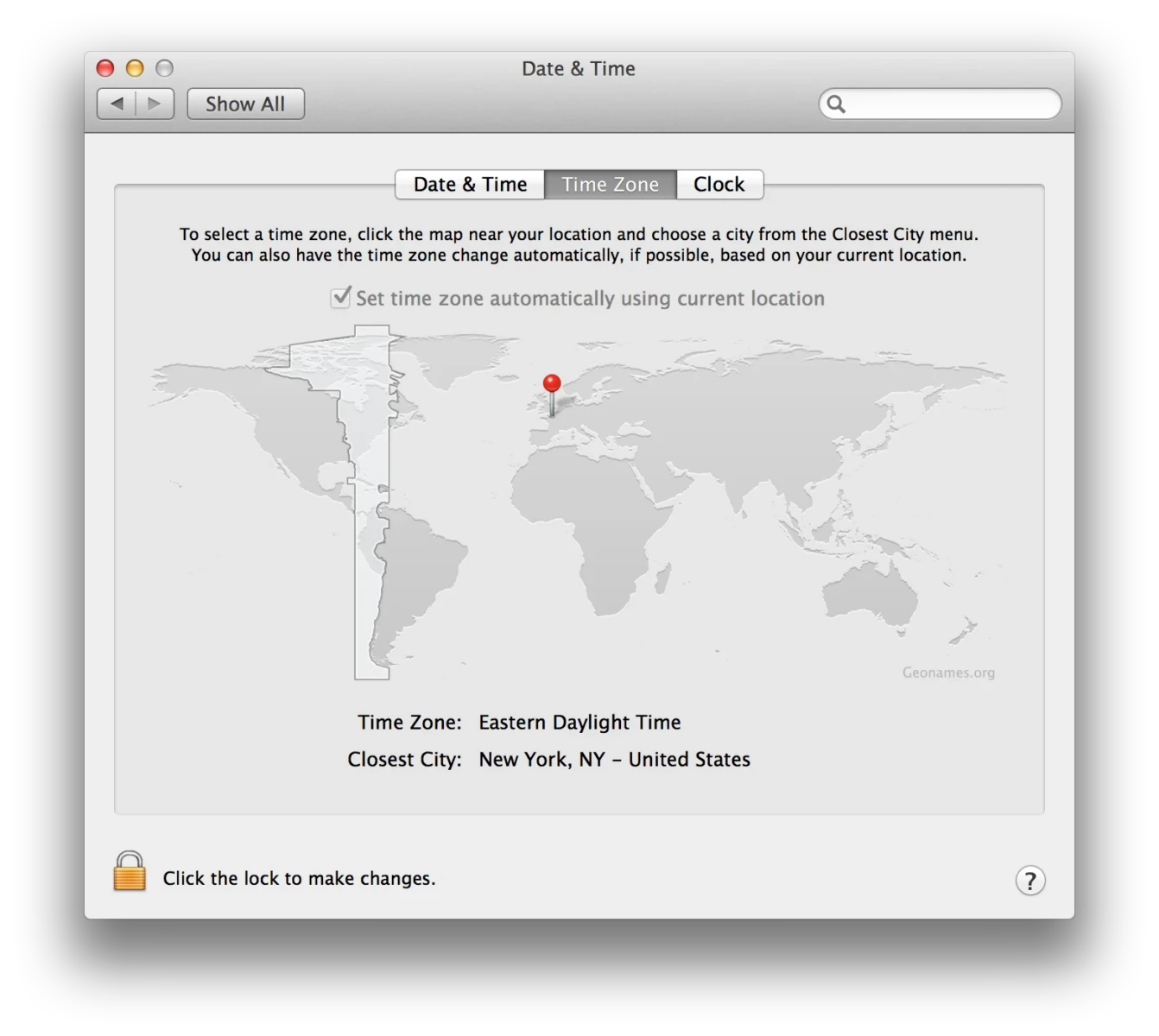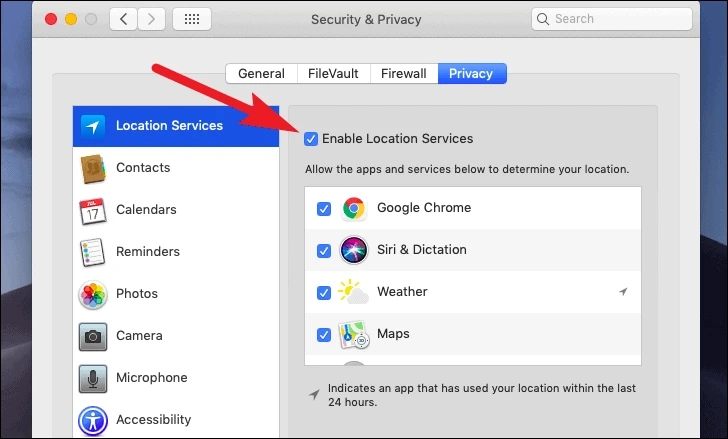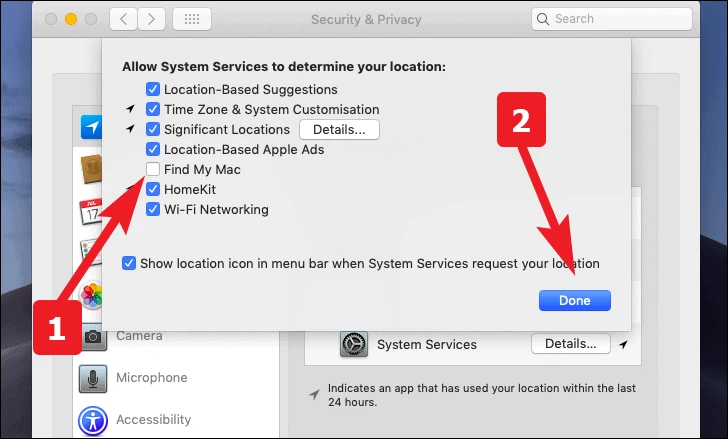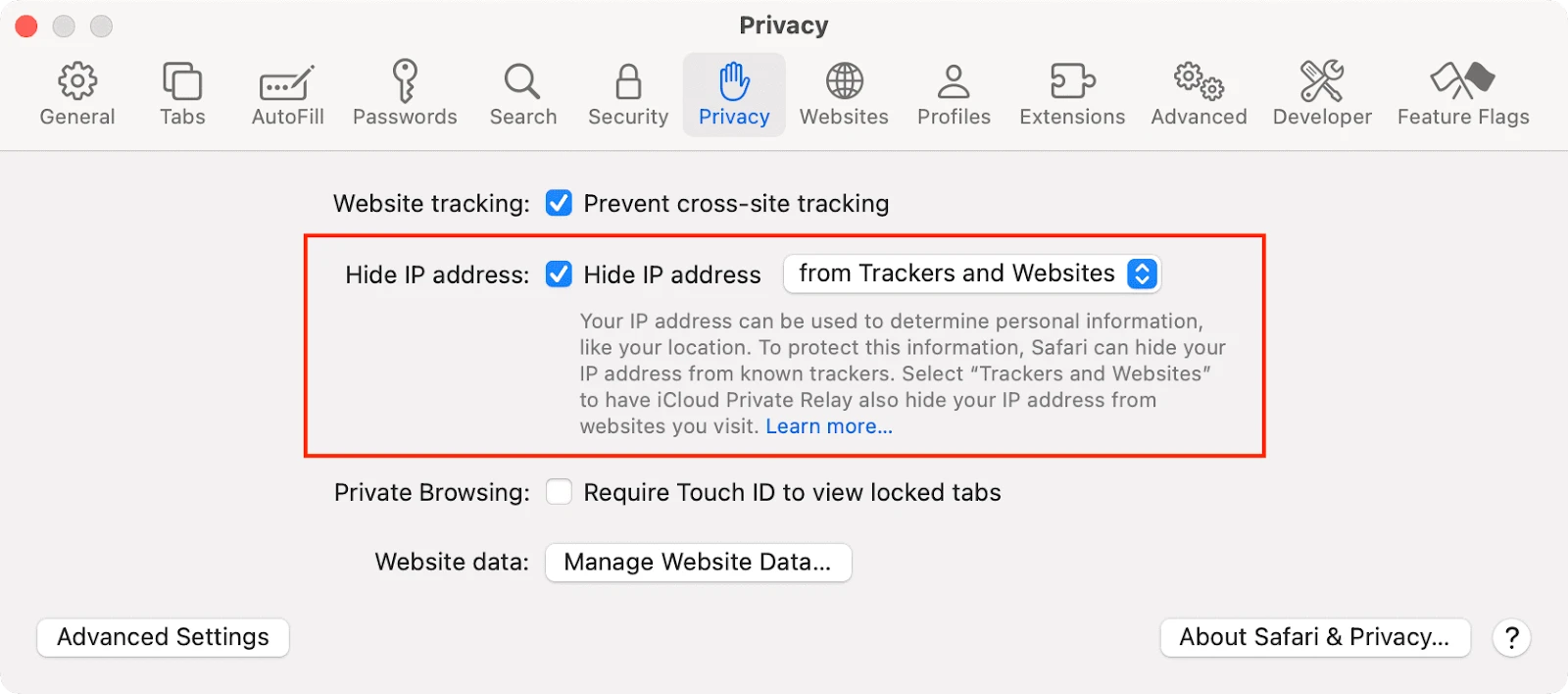
It’s annoying when your Mac thinks you’re somewhere you’re not—especially when apps rely on location. You might be wondering, Why does my Mac show the wrong city? This happens more often than you’d think, and it’s usually because of a couple of common issues. One big culprit is IP-based location tracking, which can often be spotty.
Your ISP could be assigning an IP that’s located miles away from where you actually are. Then, there’s also the Mac location error that comes from settings not being set up properly. When your Location Services are off or misconfigured, apps start guessing based on the data they have, which isn’t always accurate.
But don’t worry—this article will explain exactly why your Mac might be thinking you’re in a different city and give you easy fixes to make sure it knows where you really are.
How to Fix Incorrect Location on Mac
If your Mac’s location is all over the place and showing the wrong city, fixing it is easier than you might think. Here’s the fix:
First, click the Apple logo in the top-left corner and head into “System Settings.” Once you’re there, scroll to “Privacy & Security” in the sidebar, then find “Location Services” on the right. Hit the toggle to enable location services on Mac. This is the key to getting your location on point.

If you still have issues, check out which apps can access your location. Scroll down and you’ll see the list of apps—check the ones that should have location access, and uncheck the ones that shouldn’t.
Scroll a little further to “System Services” and click “Details.” Here you can choose what system services like “Find My Mac” can track. If you don’t need your Mac’s location being shared for specific services, this is the place to turn them off.

Why Safari Might Show the Wrong Location
Safari sometimes shows the wrong location, and a few things could be at play here, starting with Safari Hide IP Address.

When this feature is on, Safari hides your IP address from websites, but it can also prevent them from accurately pinpointing where you really are.
Then there’s the impact of VPNs—if you’re using one, it reroutes your internet traffic through a server in another city or even another country. So websites may think you’re somewhere else entirely.
Also, Safari’s cached data can sometimes cause issues too. Websites store bits of information to load faster, but when this cache isn’t cleared out regularly, it might throw off location accuracy.
How to Reset Location and Region on Mac
First, head to the Mac App Store. Click on your name, and you’ll enter “Account Settings.” Sign in if you haven’t already, then find the “Change Country or Region” option. Choose the correct region or country from the list and agree to the terms and conditions.
You’ll need to enter some payment details for your new region—don’t worry, that’s standard. This will reset your Mac region settings and make sure everything, from your apps to content, is synced up with your actual location.
No more strange city confusion! If you want to make sure everything’s perfect, check that the Mac App Store country change was successfully applied, and enjoy a more accurate browsing experience. You’re all set!
How to Change Your IP Address on Mac
1. First, open up System Settings: Click that little Apple logo up in the top left of your screen, and select “System Settings.”
2. Head to your Network settings: In the sidebar, you’ll see “Network”—click that. This is where all your internet connections live.
3. Pick your connection: Whether you’re rocking Wi-Fi or Ethernet, click on the one you’re using.
4. Dig into TCP/IP settings: Choose “Details” and go to the “TCP/IP” tab.
5. Switch to manual configuration: Under “Configure IPv4,” you’ll see a dropdown menu. Select “Manually”.
6. Enter a fresh IP address: Time to type in a new IP address that fits within your network’s range.
7. Hit Apply: Hit “OK,” then “Apply.”
Conclusion
If your Mac is showing the wrong location, it’s time to do a quick check! First, ensure Location Services are on by heading to System Settings > Privacy & Security > Location Services.
Make sure Wi-Fi is active and connected to a trusted network. Restarting your Mac can also help reset location data. And, if you’re using a VPN, that could be skewing your location—try disconnecting it for a more accurate fix.








